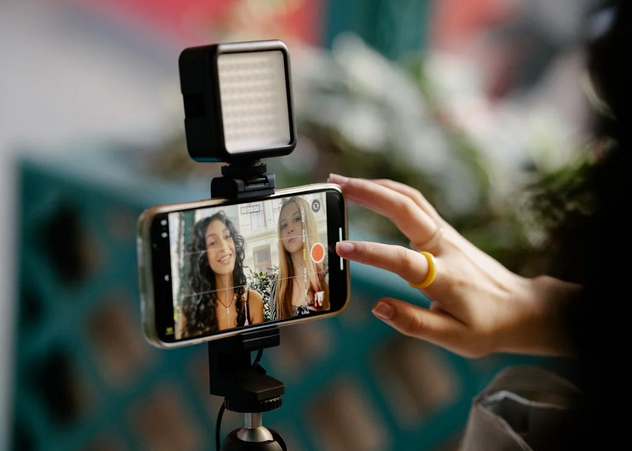In today’s digital landscape, content creators face numerous cybersecurity threats that can compromise their accounts, data, and online reputation. Whether you are a YouTuber, TikTok influencer, blogger, or podcaster, protecting your digital presence is essential. Many creators underestimate the risks of unsecured accounts, weak passwords, or unsafe third-party tools. Content creators may search for ways to accelerate growth, like exploring platforms for where to buy tiktok likes. But doing so without considering account security can leave them vulnerable. Adopting cybersecurity best practices minimizes these risks and helps creators safeguard their content and audience interactions effectively. Below are the best practices every online content creator should follow.
Use Strong Passwords and Multi-Factor Authentication
The first step in cybersecurity is establishing strong and unique passwords for each online account. Avoid using similar passwords across multiple platforms, as a breach on one service can compromise all your accounts. Password managers are highly useful tools to generate and store complex passwords securely. Additionally, activating multi-factor authentication (MFA) adds a critical second layer of protection. MFA typically requires a code sent to your phone or an authentication app, making it significantly difficult for hackers to access even if your password is exposed. Combining strong passwords with MFA is a foundational practice for safeguarding digital assets.
Be Cautious With Third-Party Services
Many creators utilize third-party tools for analytics, automation, or engagement. While these services can enhance productivity, they can also pose security risks if not vetted carefully. Only use reputable platforms, and never provide your login credentials to services that request full access to your account. When considering tools such as those for boosting social media engagement, check reviews and confirm they follow secure practices. Protecting account information from unauthorized access prevents potential data breaches and helps maintain audience trust.
Keep Software and Devices Updated

Outdated software and devices are major targets for cyberattacks. Ensure that all applications, operating systems, and plugins are updated regularly to patch vulnerabilities. Many hackers exploit known security flaws in older software versions, which can result in compromised accounts or malware infections. This includes mobile devices, desktops, and connected hardware used for recording or uploading content. Regular updates and routine device maintenance help reduce exposure to digital threats.
Protect Personal Information and Sensitive Content
Content creators often share personal information inadvertently through social media, emails, or live streams. Limiting sensitive information exposure, such as home addresses, phone numbers, or financial details, is crucial. Additionally, backing up original content to secure cloud storage or encrypted drives ensures it is safe even if accounts are compromised. Managing privacy settings on social media platforms further restricts who can access your data. A proactive approach to protecting sensitive information reduces risks of identity theft, account hijacking, or unauthorized content use.
Educate Yourself About Phishing and Cyber Threats

Phishing attacks remain one of the most common threats to content creators. Hackers often pose as platform representatives, collaborators, or fans to trick users into revealing credentials or downloading malware. Recognizing suspicious emails, links, and messages is critical. Verify requests for your personal information through official channels and avoid clicking on unsolicited attachments or links. Staying informed about the latest cyber threats allows creators to respond quickly and prevents potential security breaches. Regular cybersecurity education is a valuable ongoing practice for all digital professionals.
In summary, online content creators must actively protect their digital presence to avoid breaches, account compromise, and loss of audience trust. The top five cybersecurity best practices—using strong, unique passwords with multi-factor authentication, exercising caution with third-party services, keeping software and devices updated, safeguarding personal information, and educating yourself about phishing and cyber threats—form a comprehensive strategy for digital safety. By implementing these practices, creators can maintain control over their accounts, protect valuable content, and engage with their audience securely. Proactive cybersecurity measures not only preserve reputation but also allow creators to focus on growth, creativity, and consistent content production with confidence.

